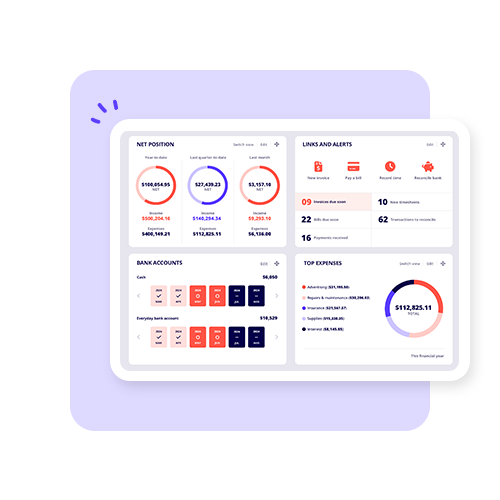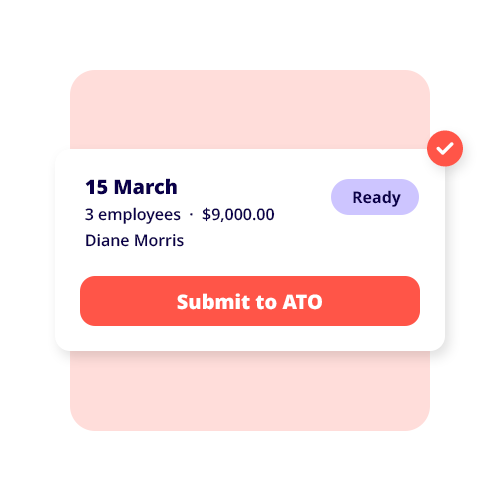Australian small and micro businesses are a prime target for scammers, which can lead to significant financial loss. As digital business operations continue to change and evolve, so do the tactics used by scammers.
But how many scams against small and micro businesses are being reported each year, and what is the financial toll on these businesses?
Overview
- In 2023, losses from scams targeting small businesses peaked at $17.3 million, from 2,490 reported cases.
- Investment scams resulted in the greatest losses for small businesses, causing a combined loss of $3.7M.
- Investment scams, false billing and classified scams are costing small businesses the highest losses.
- Queensland recorded the highest losses of $2,502,386 from 411 reports, averaging $6,089 of losses per report.
- Tasmania recorded the lowest losses to micro and small business scams with losses of only $3,123.
Changes in value lost from small business scams
There was a 94% increase in value lost from scams targeted toward non-employing, micro and small businesses from 2021 to 2022. In 2023, the value lost peaked at $17.3 million lost from 2,490 reports.
The number of reports from non-employing, micro and small businesses make up around half of all reported scams, with almost 60% of losses attributed to micro and small businesses in 2022 and 2023.
The establishment of the National Anti-Scam Centre that brought about partnerships between government and industry, government funding, taking down of investment scam websites, public awareness campaigns, regulations and legislation has aided in decreasing risk and helped decrease the loss from 2023 to 2024.
The scams costing small businesses the most money
- False billing recorded the highest number of reports (422) with an average loss of $8,641 per report and a combined loss of over $3.6M.
- Although investment scams recorded only 50 reports, they resulted in the greatest losses for non-employing micro and small businesses of $3,714,097, averaging $74.2K per report.
- Phishing was the second most common scam recording 336 reports and costing businesses a combined total of $104.6K.
The states with the highest rate of small business scams
- Queensland recorded a loss of $2,502,386 from 411 reports, averaging $6,089 of losses per report.
- Victoria came in close second with losses of $2,326,890 from 374 reports. The state also had the highest average loss per report of $6,222.
- Tasmania recorded the lowest amount lost to micro and small business scams with losses totalling only $3,123. Despite this, the state had the highest rate of reports per 10,000 businesses, at 19.8.
- The Northern Territory only recorded 21 micro and small business scam reports, the lowest of all states. However, the Northern Territory experienced the second highest rate of reports per 10,000 businesses, at 13.6.
- Victoria had the lowest rate of reports per 10,000 businesses at 5.3.
How can small business owners protect themselves from these scams?
1. Stay Informed
It’s important to stay informed and to regularly check with resources like Scamwatch run by the Australian Competition and Consumer Commission (ACCC) to get updates on new scam tactics and strategies.
It is also important to educate yourself and be aware of phishing and cybercrime.
2. Implement Strong Cybersecurity Measures
There numerous ways that you can protect yourself from scams and cybercrime. The best prevention is to make your accounts be adequately protected so that potential wrongdoers don’t bother with your account.
Actions you can take to protect your information:
- Enable two-factor authentication on all accounts.
- Regularly update passwords and use a reliable password manager.
- Install reputable antivirus and anti-malware software where relevant.
- Use passphrases instead of passwords – and change them regularly. A passphrase is often harder for criminals to crack.
3. Avoid Interacting with Scam Emails
To stay vigilant and keep protected you need to understand that the one biggest security concern to all your accounts is you. Your behaviour and actions can determine whether there is a breach or not. One of the most successful scams is phishing via email.
To protect your business and information, implement these strategies when it comes to your email account:
- Beware of email addresses or domains where the name is misspelt, altered or attempts to mimic a legitimate email.
- Beware of unsolicited, unexpected, too good to be true, or coercive emails.
- Check the email for spelling and grammar mistakes.
- Think before you click. Scammers want you to feel pressured to act quickly.
4. Enable and Automate Backups
Back up your business and customer data regularly, the best way to do this is by enabling automatic cloud backups. Use a trusted cloud storage service and double down by using multi-factor authentication on all data access. This way you won’t lose everything if you do happen to be a victim to a business scam.
If you’ve been targeted by a scam, report it to Scamwatch, your bank, and other relevant authorities.
Sharing experiences with other small business owners can help prevent future scams.
About the data
This report seeks to outline the value lost to and number of reports of scams against non-employing, micro (1-4 employees) and small businesses (5-19 employees), broken down by category and location of the fraud.
The scam statistics for this report were provided upon request by the National Anti-Scam Centre (NASC). This data is based on reports provided to the Australian Competition and Consumer Commission (ACCC) by web form and over the phone via ScamWatch.
The data from the NASC is published on a monthly basis. Their quality assurance processes may mean the data changes from time to time. Note that the data for 2024 is inclusive of January 1 – November 30, 2024. The data provided is correct as of 29th January, 2025.
Supplementary data has been sourced from the ACCC/NASC’s Targeting Scams Report 2020, 2021, 2022 and 2023, as well as Counts of Australian Businesses, 2024 from the Australian Bureau of Statistics. The number of self-employed, micro and small businesses were recorded as at June 2024 to calculate the rate of reports per 100,000 businesses.























